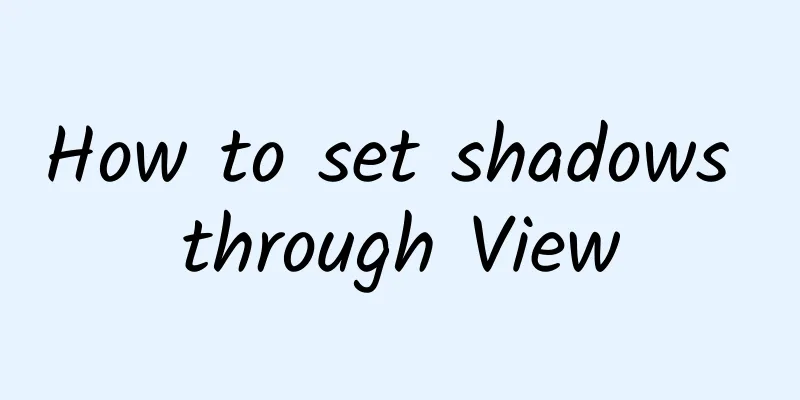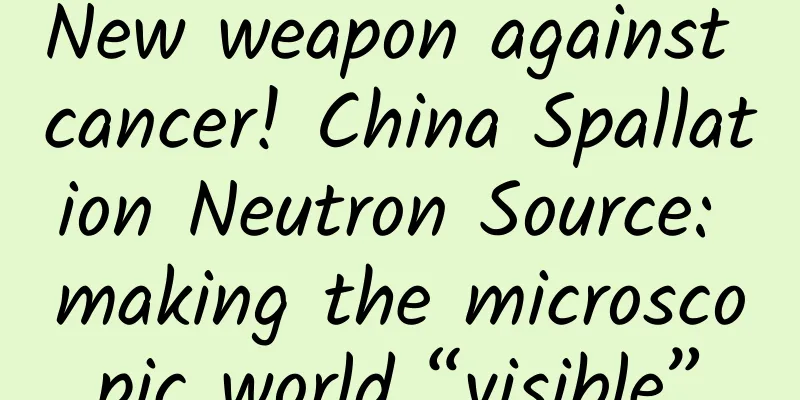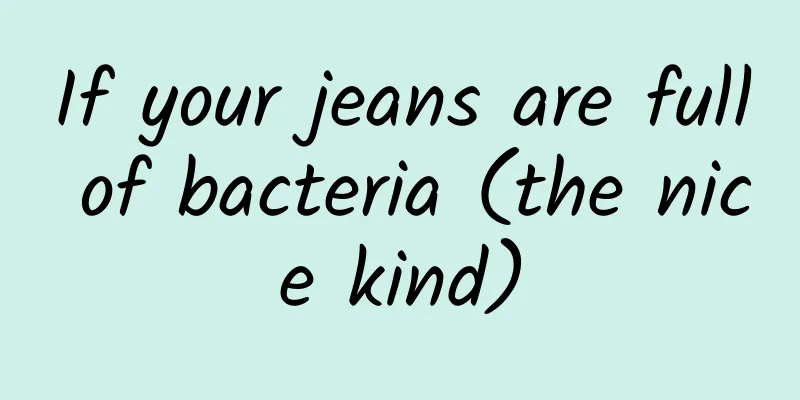How to set shadows through View

|
Starting from Android 5.0 (API level 21), View provides an attribute called "elevation" to set the size of the shadow. This attribute can be set through XML or code. Note that the size of the shadow is related to the Z value (elevation) and translationZ attribute of the View. The Z value is determined by elevation and translationZ. Usually elevation is used for static shadows, while translationZ is used for animations. XML settings: Code settings: In the Material Design specification, there are two light sources, one is point light source, the other is ambient light. The two light sources work together to form the shadow effect of the View. By default, the shadow is black, but many times we want the shadow color to be consistent with the color of the View itself to achieve a better visual effect. Android considerately considers this and provides us with the API: setOutlineAmbientShadowColor and setOutlineSpotShadowColor. Developers can change the color of the shadow through XML or code. "setOutlineAmbientShadowColor"
XML settings: Code settings: "setOutlineSpotShadowColor"
XML settings: Code settings: Other options for setting shadows:
|
<<: Hongmeng's rise is a victory for long-termists
>>: iOS 17.3 battery life test for various devices, a retirement version!
Recommend
A guy got diabetes after drinking sugar-free drinks as water... He thought sugar-free means healthy, but he was really wrong!
There was a report not long ago that a young man ...
Why do some people get tanned when exposed to the sun, while others get red?
Reviewer of this article: Zhou Xiaobo, Doctor of ...
Information flow advertising: characteristics and trends!
Feed ads are ads that are inserted into the updat...
3 popular short video title formats
Are you envious of other people’s popular videos?...
4 tips to teach you how to use Xiaoguan Tea's marketing methods to create a hot-selling community
Do you think that Xiaoguan Tea became popular all...
Kuaishou beauty industry advertising research report!
Paying for beauty has become a daily routine for ...
Is it expensive to customize the Changji liquor app? Changji wine and beverage applet customization cost and process
There are two types of customization of Changji L...
When you die, they can write 100,000+ and forward it in the circle of friends!
1 The suicide of six members of Yang Gailan's...
A complete set of APP operation plan templates!
What should a complete APP operation plan look li...
Wilson: New Energy Vehicle Industry Monthly Report in June 2019
1. Overall performance of the new energy passenge...
The strongest sandstorm this year is coming, why can't the shelterbelt forest stop it?
When I woke up one night, my glass windows were c...
Do your joints make "cracking" sounds when you move? Your body is "speaking", but many people don't know it
Reviewer of this article: Chen Haixu, Deputy Dire...
Can the dog that has completed the experiment be happy if it is adopted?
Recently, a celebrity couple adopted a beagle and...
Why do I feel so tired even though I just sit all day at work?
Everyone has probably experienced this moment at ...
Which day is the ninth day of the ninth month in 2022? What does Jiujiu Tian mean? Will it still be cold?
In traditional culture, nine is the extreme numbe...









